Perspective Type: Portfolio
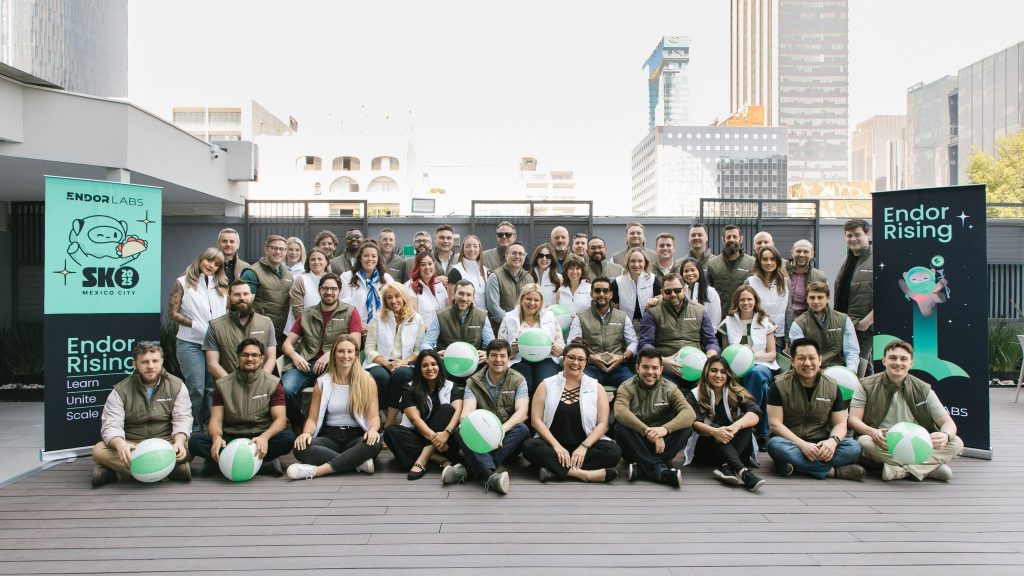
by
Rob Keith, Kartik Gupta, and Kevin Wu
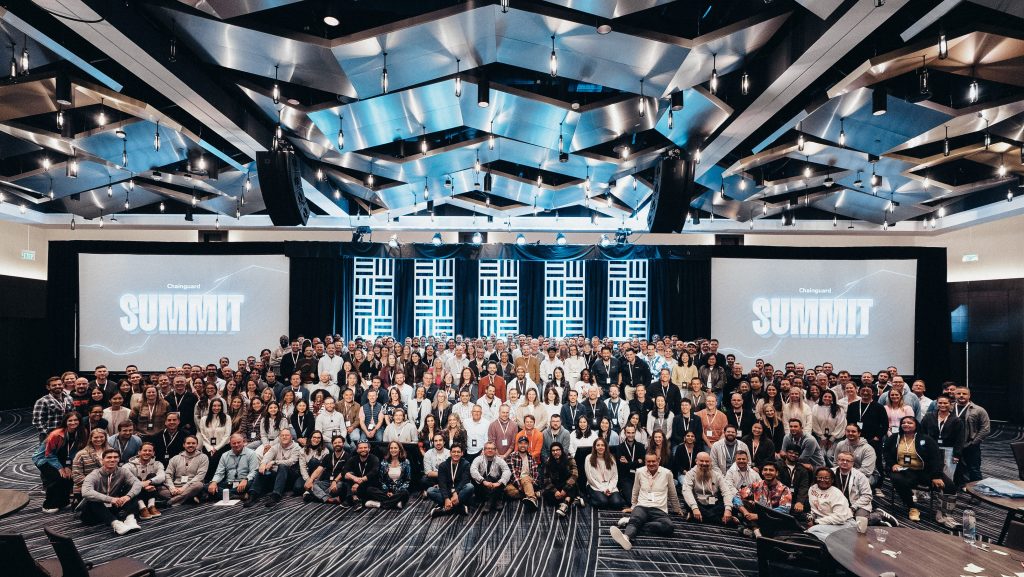
by
Nowi Kallen, Emily Zhao, and Kevin Wu

by
Zak Kokosa, Pascha Hao, and Rob Keith

by
Nowi Kallen, Kartik Gupta, and Sam Ackah-Yensu

by
Nowi Kallen, Jessica Bartos, and Sam Ackah-Yensu
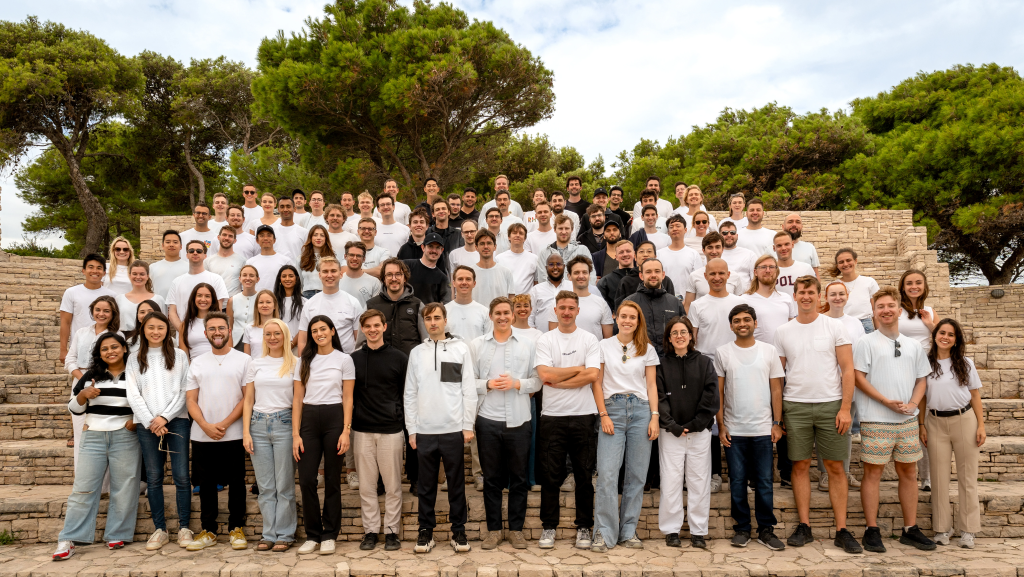
by
Nowi Kallen, Sam Ackah-Yensu, and Jessica Bartos
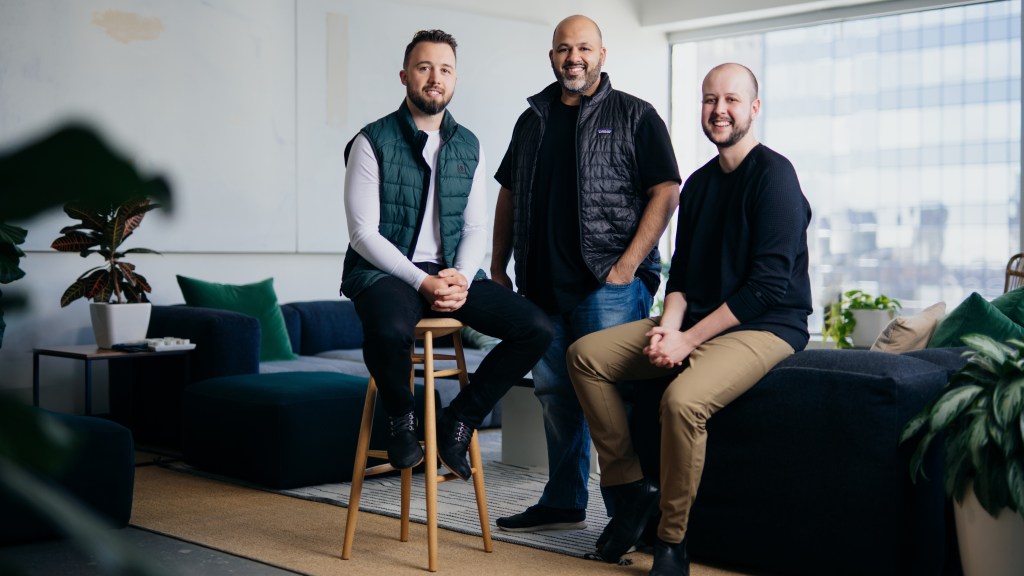
by
Zak Kokosa, Pascha Hao, and Rob Keith
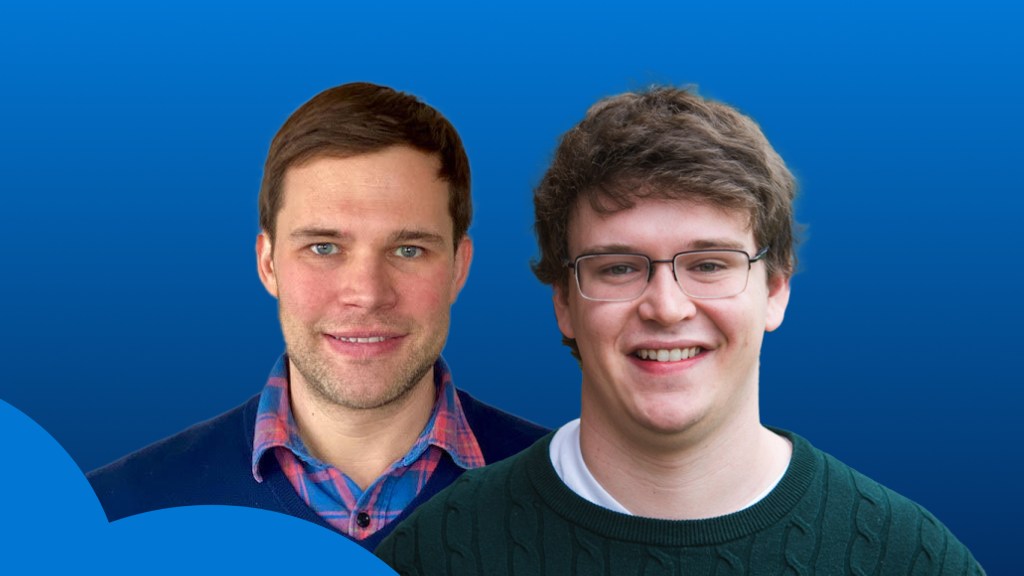
by
Caroline Fiegel, and Jason Spinell

by
Laura Rowson, Pascha Hao, and Paul Drews
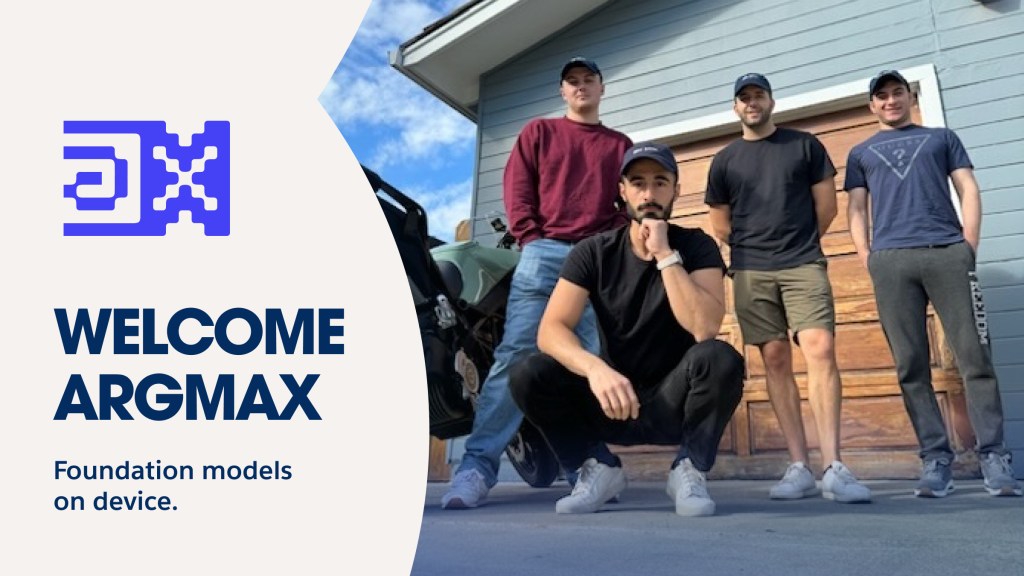
by
Caroline Fiegel, and Jason Spinell
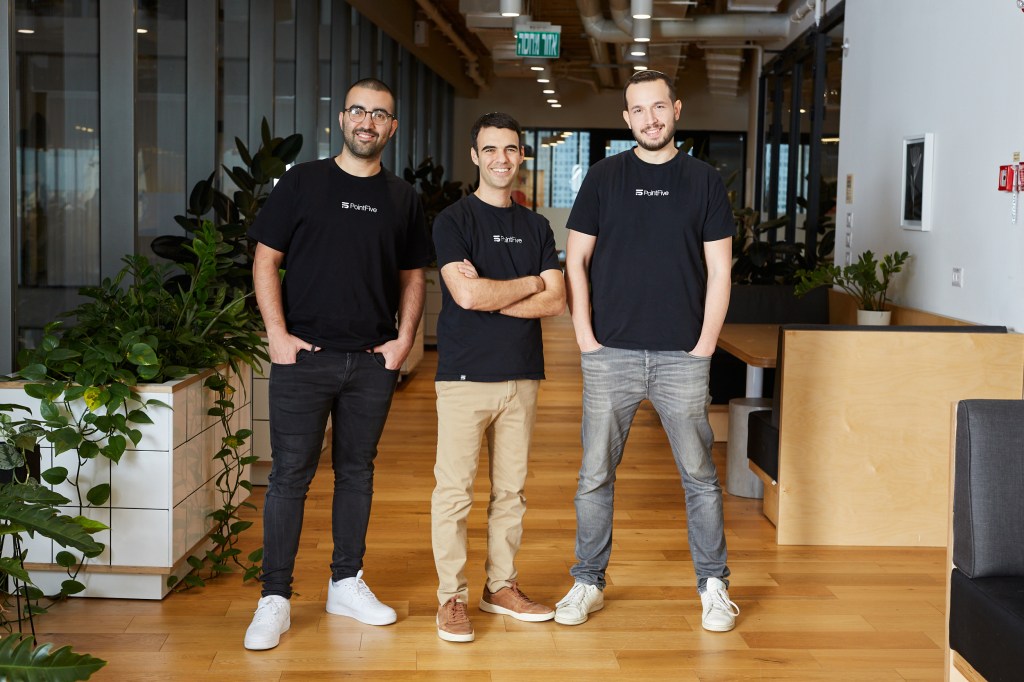
by
Kartik Gupta, Nowi Kallen, and Sam Ackah-Yensu
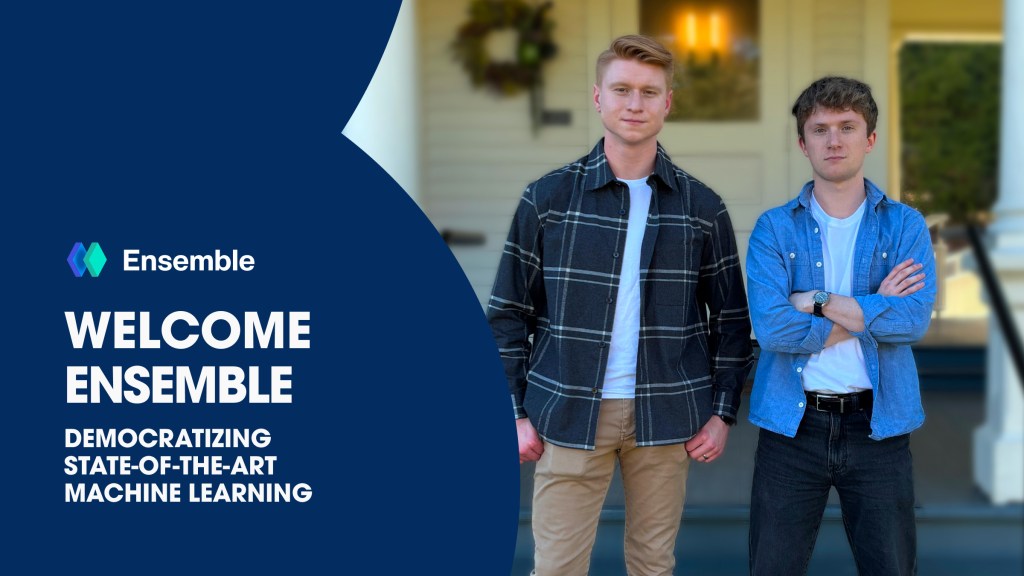
by
Caroline Fiegel, and Jason Spinell